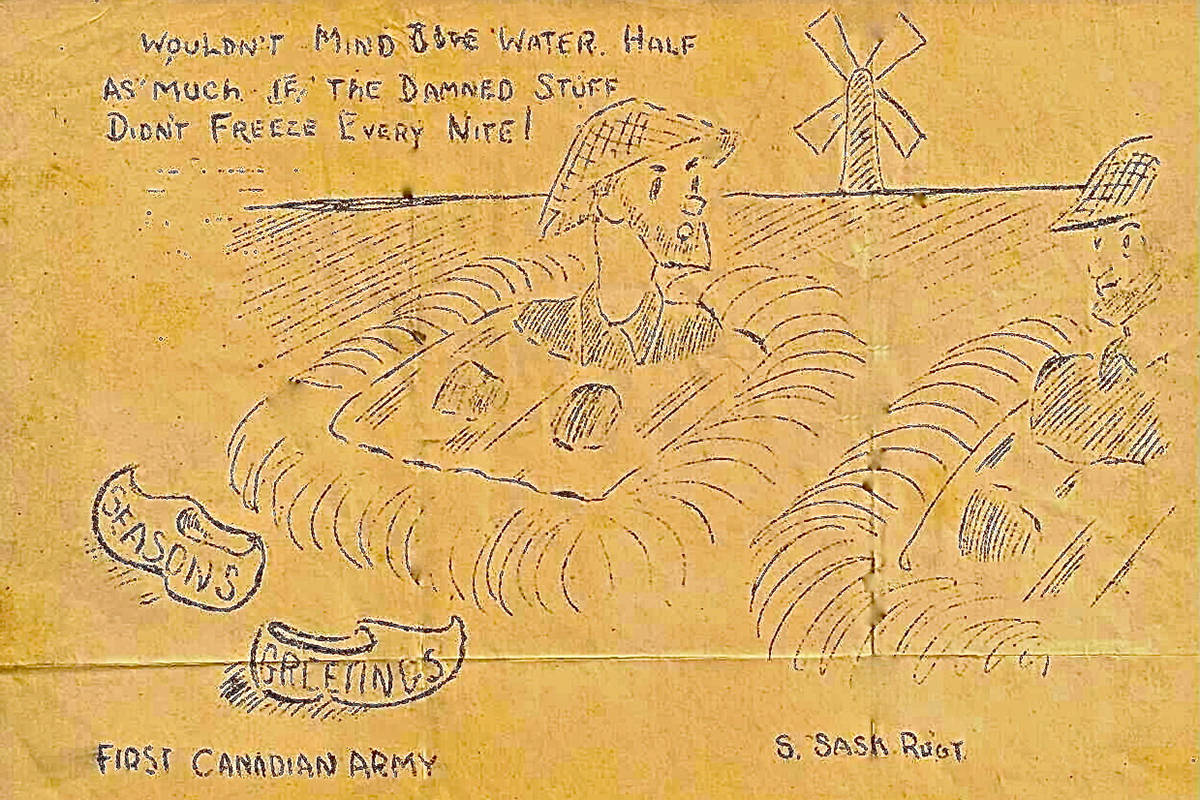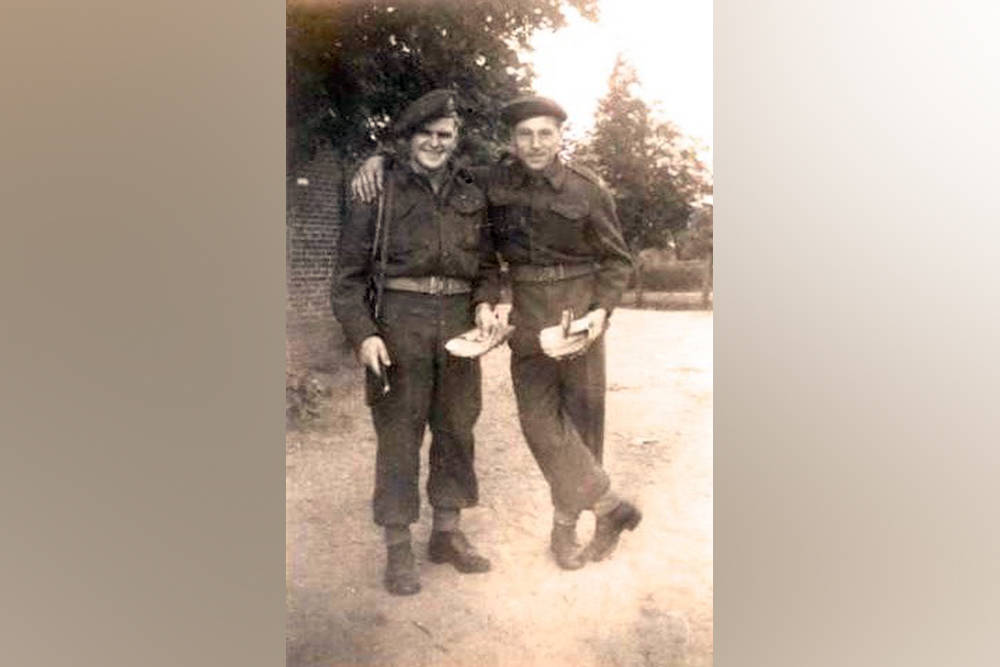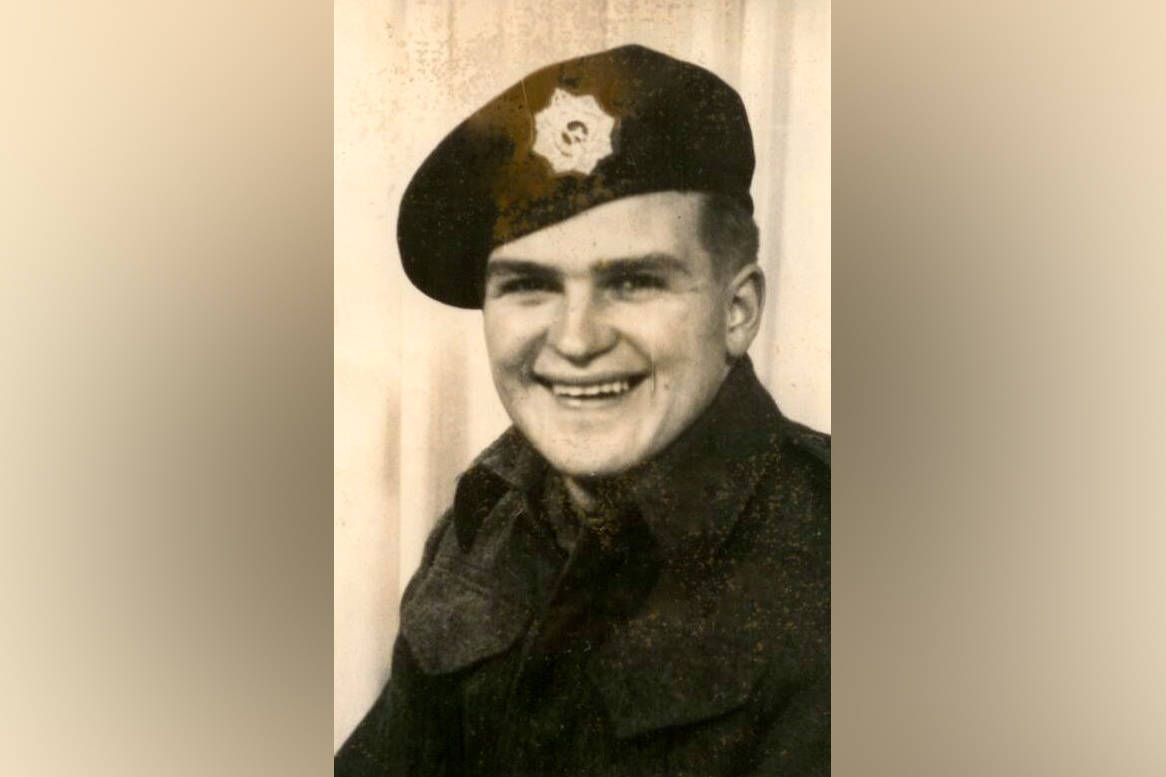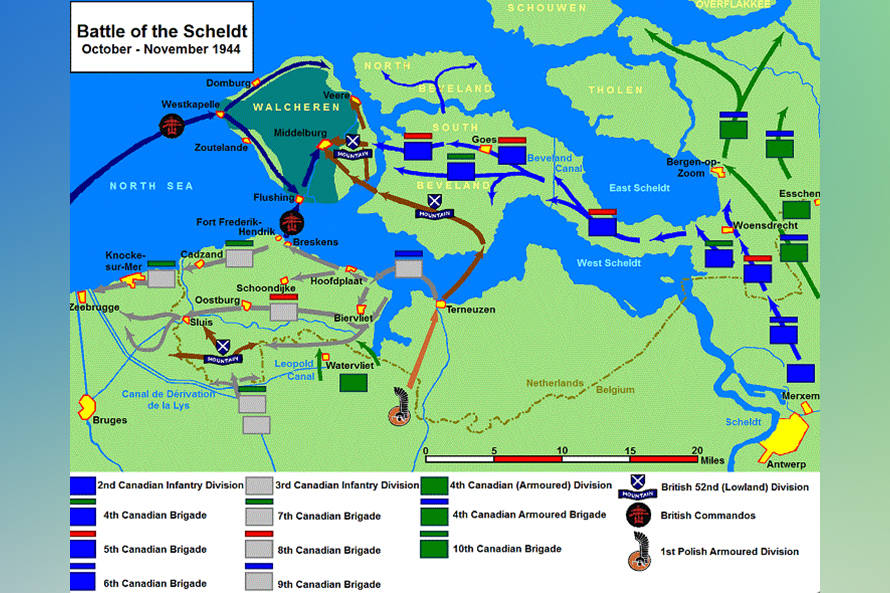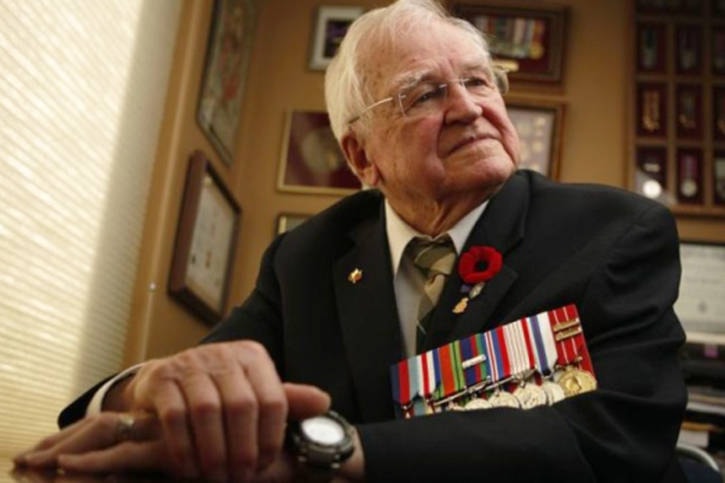For Canadian troops, Victory in Europe Day – May 8, 1945 – came after a nearly year-long bloody slog through France, Belgium and the Netherlands.
The 1st Canadian Army – following the landing at Juno Beach and the offensive to take Caen, France, where it suffered heavy casualties – was tasked with clearing port cities of German forces and securing the ports.
The fighting forged a path across northwestern Europe now called the Maple Leaf Route, which included the Battle of the Scheldt to take the Port of Antwerp, Belgium.
“This was a major battle for Canadians, the Scheldt, which is right on the Belgian and Netherlands [border], because they wanted to get the Port of Antwerp,” said Brian McFadden, vice-president of the Vancouver Island Military Museum. “The Allies figured out Napoleon’s problem and Hitler’s problem in Russia, long supply lines … the biggest port in Europe was Antwerp with 40 miles of docks and, of course, the Germans fought hard for that … so that was a huge battle for Canadians, to take the Scheldt … that’s what VE Day is about, for us, for Canadians, is the liberation of the Netherlands.”
The battle was fought over flat, muddy, open land that had been intentionally flooded by the German military, which had selectively destroyed dikes.
Tony Pearson, 95, who retired in Nanaimo after a 36-year career with the Canadian Armed Forces, experienced his first combat in the Battle of the Scheldt. Originally with the Canadian Armoured Corps, he’d been reassigned to the infantry with the South Saskatchewan Regiment.
“After D-Day they re-mustered some of us from the artillery and the armoured into the infantry, so we had no choice,” Pearson said. “We just had to go and without any infantry training, but we had the basic stuff, anyway, and you learn pretty fast.”
In his biography, available on Veterans Affairs Canada’s website at https://bit.ly/2zGH5Wr, he recalls how the Canadian troops and equipment crossed the Scheldt River in small collapsible canvas boats because bridges were destroyed by Allied bombing and the retreating German army.
Fighting varied day to day during the months it took to clear the ports and push German troops back across the Rhine River.
“You never knew what you were going to experience,” Pearson said. “Some days they were really aggressive and it was tough going and others were just a matter of moving from point A to point B. You had no idea what to expect. You just had to make the necessary adjustments and make the best of it.”
As towns and villages in the Netherlands were liberated of Nazi occupation, Pearson remembers the Dutch people who lined the streets to offer the troops apples as they arrived.
Pearson’s regiment was in Aurich, Germany, when they received word of Germany’s official surrender, which followed several days of scaled-back combat operations.
“We were biletted in various places at that time, in German homes, and nothing much was happening then,” Pearson said. “The next day we got word the war had ended … so they said, OK, what you have to do is turn in all your firearms, your weapons and that … then we had a Colonel [Charles Cecil Ingersoll] Merritt, who won the Victoria Cross at Dieppe and they said he’s being released and we will be having a little parade type of thing to welcome him back to the regiment.”
Merritt commanded the South Saskatchewan Regiment early in war until he was wounded and taken prisoner during the Raid on Dieppe in 1942.
Pearson also remembers people who were released from Nazi work camps, how they celebrated the end of the war, all the while trying to find friends and loved ones from whom they’d been separated, and their struggles to return to their homes from countries all over Europe. His own return home would be delayed until December 1946 because he was assigned to a repatriation depot in England to help organize transport home for Canadian troops and war brides. In his time there he was surprised at how quickly damage from the war was cleared and rebuilding got underway.
He also remembers the celebrations in the Netherlands immediately following the end of hostilities, when he and his unit were in Zwolle.
“The church bells just never stopped ringing,” Pearson said. “Every bell would ring and it would drive you crazy, those bells ringing all night and day … the Dutch people really did celebrate. They were really happy to have the end of all this and they had to get their lives sorted out, too.”
In Nanaimo, people celebrated as well, perhaps even getting a bit carried away. A brief account on the City of Nanaimo’s website notes that the abandoned mine buildings on Protection Island were set on fire to celebrate the victory in Europe, “causing a tailings fire that sent smoke out over the harbour for several years.”
READ ALSO: Canadians mark 75th anniversary of Netherlands liberation with online tulips
photos@nanaimobulletin.com
Like us on Facebook and follow us on Twitter
